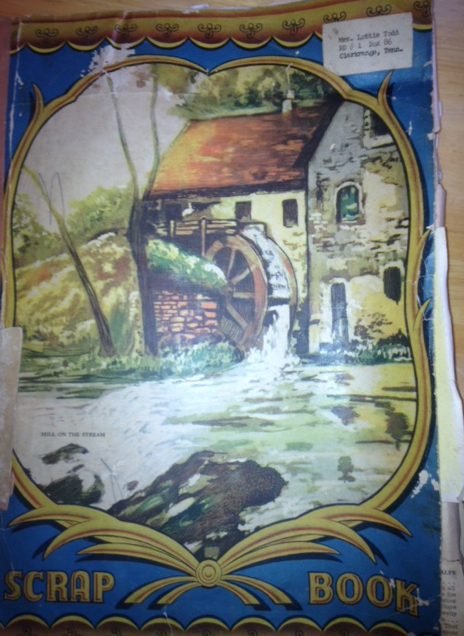Happy Thanksgiving
/Just a few weeks ago we talked here about Godey’s Lady’s Book and the influence that periodical had on nineteenth century women. The magazine’s editor for forty years was a lady named Sarah Josepha Hale. Our national holiday for giving thanks can largely be attributed to her and therefore I thought we should mention her today.
Contrary to what every American schoolchild learns, the turkey-laden tradition of Thanksgiving Day did not really start with the pilgrims and the American Indians. Sure, they broke bread together and thanked God for the provision He’d given them in their new land and a bountiful harvest. Given the difficulty of life in the seventeenth century and the religious persecution that drove those first settlers to our shores, it’s ironic that we celebrate just that one day of giving thanks because I’m betting they were breathing prayers of appreciation for every breath, sip of clear water or morsel of food. Still we have some documentation of a particular feast in 1621 in Plymouth, Massachusetts and that is traditionally the first Thanksgiving Day.
If we fast forward through history two hundred years, we find no national holiday for Thanksgiving, nor do we find Thanksgiving Day anywhere near universally celebrated. Where it was remembered, it was largely a northern or New England holiday and was virtually unknown in the South.
Enter one persistent lady: Sarah Hale. Sarah believed that The United States should be universally celebrating Thanksgiving Day and she expressed that belief to the President many times. In fact, she expressed it to five different presidents – remember her tenure as Editor of The Lady’s Book far outreached any presidential administration – and finally a well-timed letter to Abraham Lincoln yielded the results she sought.
As I read about Sarah Hale, it’s difficult for me to compare her to any of our modern female types. She is not a women’s lib-er for she advocates women ruling and influencing the world from the home and through the family. Yet, she was an early proponent of higher education for women and surely one of the very first female-American executives.
Married at twenty-five, she was a widow by the age of thirty-four. She was left with five small children. Despite parents who believed in equal education for both their sons and daughters, Sarah had received no formal education learning only at the feet of her mother and brother. As a widow seeking to feed her household, she began writing and her husband’s Masonic brethren helped her to get her first book of poems published followed by a novel expressing her views on slavery. That novel brought her to the attention of magazine publishers and her editing career sprang from there.
In the third year of a civil war which was supposed to end quickly – the first Confederate volunteers were asked to pledge just ninety days of service - President Lincoln finally began to see the tide turning in his favor. It was at this time that he received Mrs. Hale’s letter and believing the nation should be truly thankful at that time, chose to issue the proclamation she requested.
You can read Lincoln’s proclamation here and I encourage you to do so as we enjoy a day of feasting and family-fellowship; maybe we should think about the nature of the holiday he suggested. He attributed the peace and bounty of our nation to, “the gracious gifts of the Most High God, who, while dealing with us in anger for our sins, hath nevertheless remembered mercy”. While he speaks of the Civil War when he urges the people, “while offering up the ascriptions justly due to Him for such singular deliverances and blessings, they do also, with humble penitence for our national perverseness and disobedience, commend to His tender care all those who have become widows, orphans, mourners or sufferers,” this is surely good advice for our present day as well as, “fervently [imploring] the interposition of the Almighty Hand to heal the wounds of the nation”
I find Sarah Hale’s story absolutely inspiring. In a day when work for women was largely menial and unrewarding, when a woman’s voice was scarcely heard outside her home and her sphere of influence was confined to the walls of her own house Sarah Hale stepped out and provided for her family while encouraging women across the country and even around the world. While hers is not a name taught and remembered along with Lincoln or Lee, she left a legacy that we will all enjoy today.
On this Thanksgiving Day I enjoy more blessings than I can even count and I include you precious readers among them. You have been so kind in continually returning to visit TennesseeMountainStories.com and giving me feedback on the articles and stories here. Thank you and God bless you!










